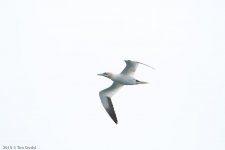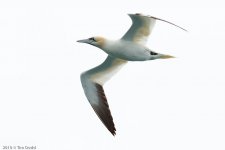You can use a Flash Extender (Better Beamer) to focus the light from a flash and increase the range. It is said to be good for adding at least a couple of stops, or doubling the reach.
http://www.birdsasart.com/accs.html#BEAMER
So, combined with a 580EX and used at f/5.6 and 100 ISO you could expect full illumination at (58 / 5.6) x 2 = 20.7m, if you could shoot at or below the sync speed. Since you only want fill, and not main light from the flash you would be down almost exactly 1 stop at 30m, which is a good starting point for fill.
So, yes, it could/should reach to 30m. However, if you need to shoot faster than 1/250 then you will run into problems as HSS loses power fast as soon as you start pushing shutter speeds beyond the sync speed of 1/250. If you go up just a small amount, to 1/320 the flash power will drop by about 1 stop and it continues to deteriorate the higher you push the shutter speeds.
That's the maths as I understand it. While I do have a Better Beamer, and have used it in the field with my 580EX, I have not undertaken any controlled experiments. Usually, when I use it, I dial in -2 FEC and pretty much let the thing do whatever it can to help the image. Typically I will use it to illuminate the shadowy undersides of BIF against a bright/backlit sky, so it ought to at least help out with your scenario.
I've just found a recent example, where I was having to shoot into white, overcast skies. According to the EXIF the distance is exactly 30m and I used the Better Beamer at -2 FEC for this shot. At 1/1000 I'm not sure how much help the Better Beamer was, but every little helps, I think. This was shot from the deck of a pitching boat, so framing was tricky and I was unable to fill the frame, but here is the unedited original and a version with a crop and minor tweaks.
 ; I have been told fill in might help.
; I have been told fill in might help.




